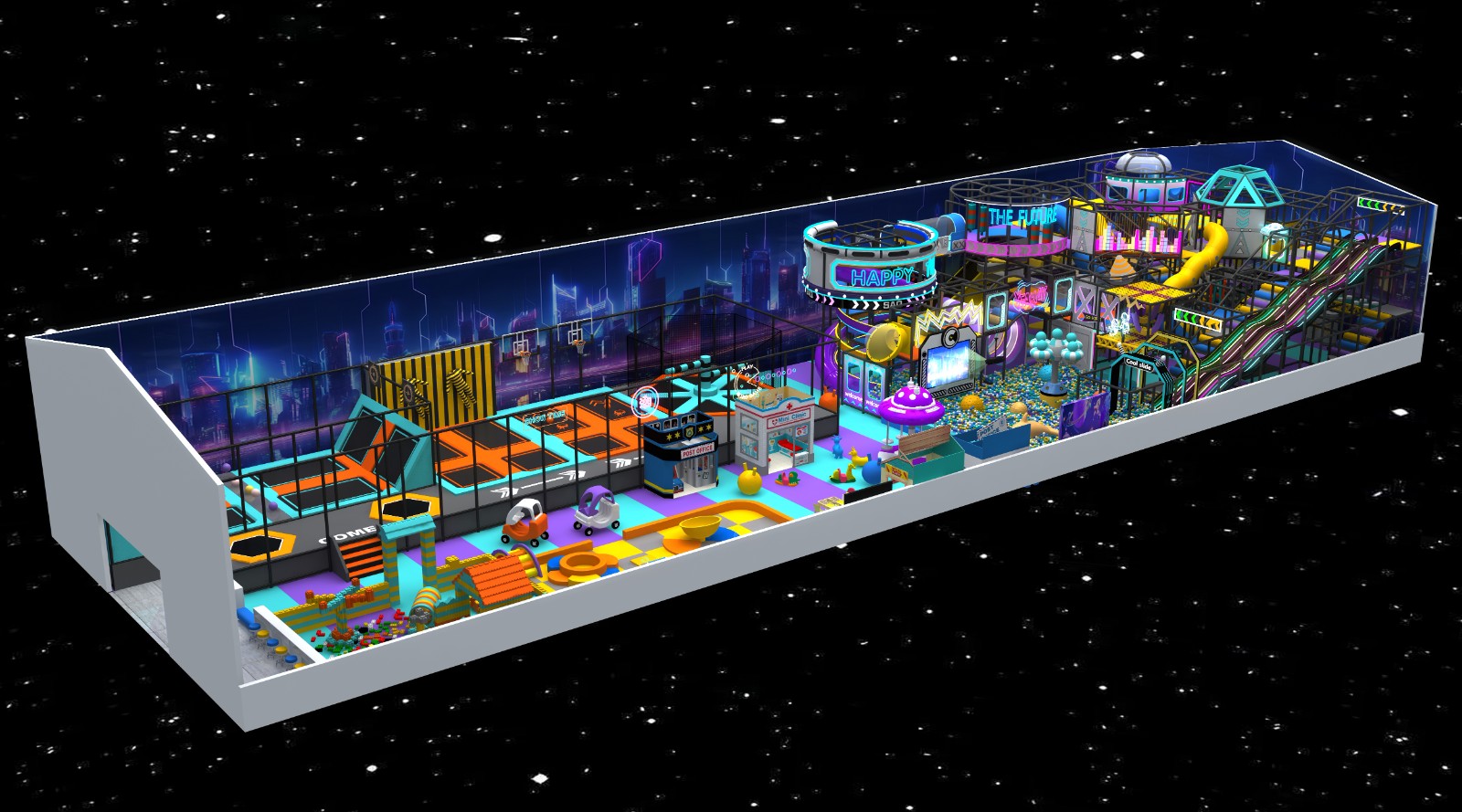Please contact us!
Steps:
Market Research: Investigate the local market to understand the needs and preferences of your target customers. Use online surveys, focus groups, and interviews to gather data.
Competitive Analysis: Study competitors' business models, pricing strategies, and customer service.
Budget and Financial Planning: List all startup and operational costs, including rent, equipment, staff salaries, and marketing expenses.
Steps:
Business Plan: Prepare a detailed indoor playground business plan that demonstrates market demand, profit forecasts, and risk management strategies.
Contact Potential Investors: Use LinkedIn, angel investor networks, and startup incubators to find interested investors.
Partnerships: Look for partners with similar visions who can share the startup costs and risks.
Steps:
Choose a Platform: Select a suitable crowdfunding platform like Kickstarter, Indiegogo, or a local crowdfunding site.
Create a Crowdfunding Page: Tell your project story, show detailed plans, images, and videos to attract public support.
Set Rewards: Offer different levels of rewards for supporters, such as discounted tickets, membership cards, or exclusive experiences.
Steps:
Research Grant Options: Look for startup grants or low-interest loans offered by local governments, small business administrations, or non-profit organizations.
Apply for Grants: Prepare application materials, including your business plan, financial forecasts, and market analysis, and submit grant applications.
Steps:
Find Temporary Spaces: Contact local community centers, schools, or other vacant spaces to rent during off-peak hours.
Shared Spaces: Partner with other businesses to share rental spaces and split the costs. For example, collaborate with a café or children's education center to share premises.
Steps:
Small-Scale Pilot: Start with a smaller space or only open part of the facilities to test the market response.
Gradual Expansion: Expand facilities and activities gradually based on feedback from the pilot phase.
Steps:
Buy Second-Hand Equipment: Purchase second-hand play equipment from online marketplaces or specialized second-hand equipment sellers to reduce costs.
DIY Equipment: If you have DIY skills, create some simple play equipment yourself to save money.
Steps:
Recruit Volunteers: Use community events, social media, and volunteer websites to recruit volunteers interested in helping with setup and initial operations.
Community Events: Organize community events like family days or children's craft activities to increase project visibility and attract potential customers.
Steps:
Partner with Schools and Kindergartens: Offer free or discounted experiences to attract parents and children and build an early user base.
Collaborate with Local Businesses: Contact local businesses to offer sponsorship or advertising opportunities, such as ad space or joint promotions.
Steps:
Adapt to Market Changes: Adjust your business model and pricing strategy based on market feedback.
Innovative Services: Regularly introduce new activities and experiences to keep customers engaged and interested.
By following these detailed steps and suggestions, you can start and operate a successful indoor playground business even with no initial funding.

Quick Links:
Trampoline parkChildern Indoor Play AreaChildren Indoor PlaygroundIndoor Play SructuresIndoor Playground EquipmentIndoor Playground SupplierKids Indoor PlaygroundIndoor Playground FactoryCopyright Wenzhou Dream Garden Amusement Equipment Co.,Ltd | Sitemaps|Xml
| Privacy Policy|
Please contact us!

